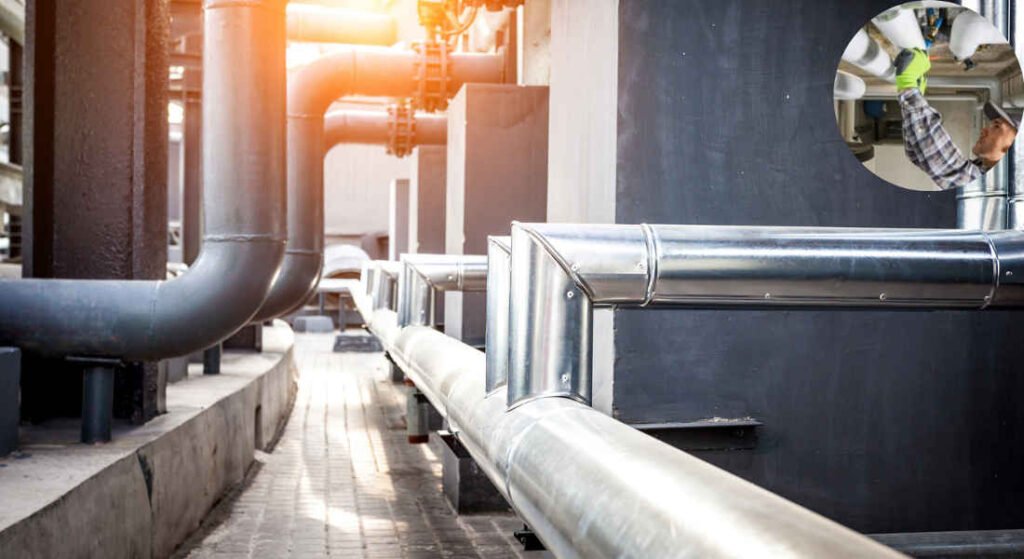Home systems like HVAC and plumbing play vital roles in maintaining your comfort and safety. Yet, many homeowners overlook the ways in which these two systems are interconnected. Is HVAC connected to house plumbing? This is a question that often sparks curiosity—and for good reason. Understanding the relationship between these two systems can help you avoid costly repairs, ensure efficiency, and maintain your home’s overall functionality.
What Is HVAC and Plumbing?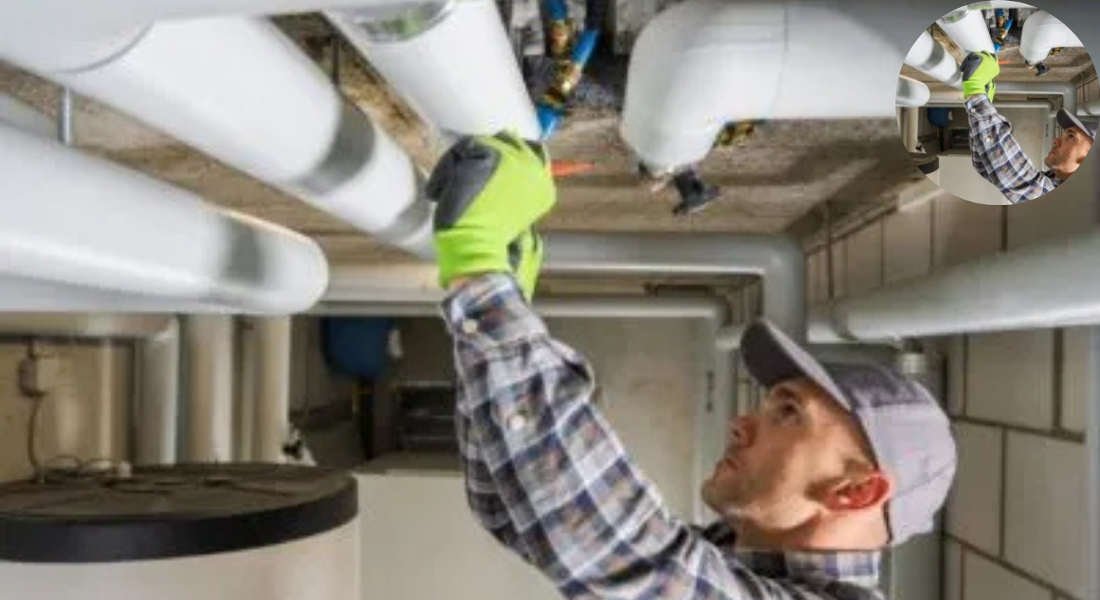
Before diving into the connection, let’s take a closer look at what these systems are and their respective roles in your home.
HVAC System: A Quick Overview
The term HVAC stands for heating, ventilation, and air conditioning. This system is responsible for maintaining comfortable indoor temperatures, circulating air, and ensuring proper ventilation.
Key components of an HVAC system include:
- Furnaces or heat pumps for heating
- Air conditioners for cooling
- Ductwork for air distribution
- Thermostats to control temperature
Without HVAC, your home would lack a consistent indoor climate, making it difficult to stay comfortable during extreme weather conditions.
Plumbing System: The Basics
On the other hand, your home’s plumbing system manages water supply and drainage. It ensures clean water is delivered to your faucets, appliances, and bathrooms while safely removing wastewater.
Key elements of a plumbing system include:
- Pipes and fittings for water transport
- Drainage systems to remove wastewater
- Water heaters for hot water supply
While HVAC focuses on temperature and air quality, plumbing revolves around water flow and sanitation. These systems may seem unrelated at first glance, but as we’ll see, they are subtly interconnected.
The Basic Functions of HVAC and Plumbing Systems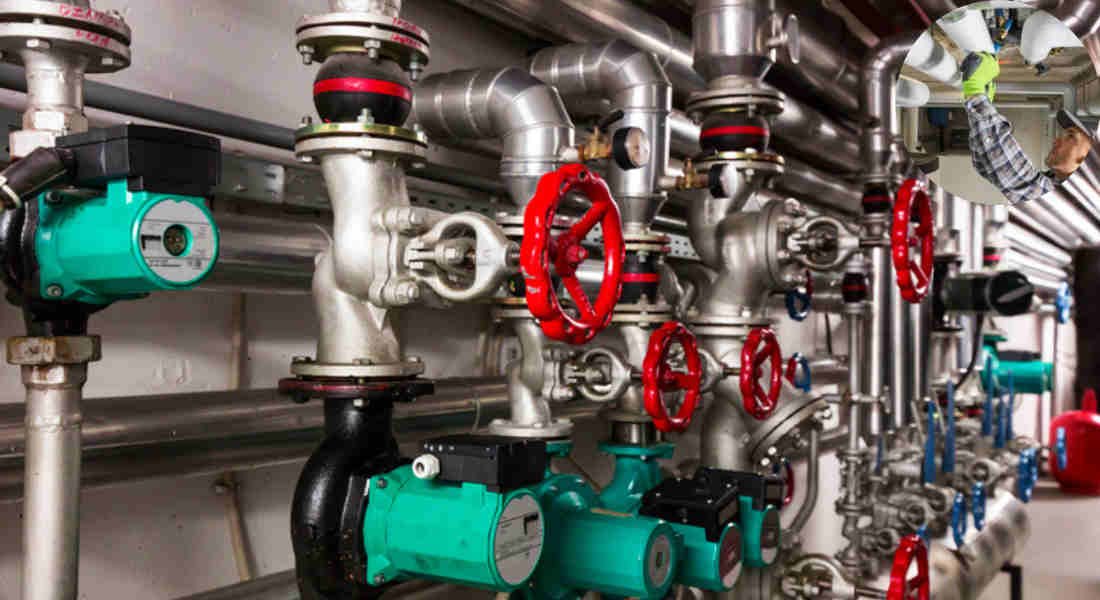
At their core, HVAC and plumbing systems serve entirely different purposes. However, understanding their individual roles is key to grasping how they intersect.
You may also read (does a cosigner have ownership of the house).
The Role of HVAC
Your HVAC system manages indoor air quality, regulates humidity, and controls temperature. Whether it’s heating your home during winter or cooling it in summer, HVAC ensures comfort by controlling airflow and temperature levels.
The Role of Plumbing
Plumbing systems focus on water management: delivering clean water for consumption and removing wastewater. From your kitchen sink to your washing machine, plumbing ensures that water flows efficiently and safely.
Key Difference: While HVAC deals with air and temperature, plumbing handles water and waste. Despite these differences, specific points of interaction, such as condensate drainage, exist between the two systems.
How HVAC and Plumbing Systems Are Connected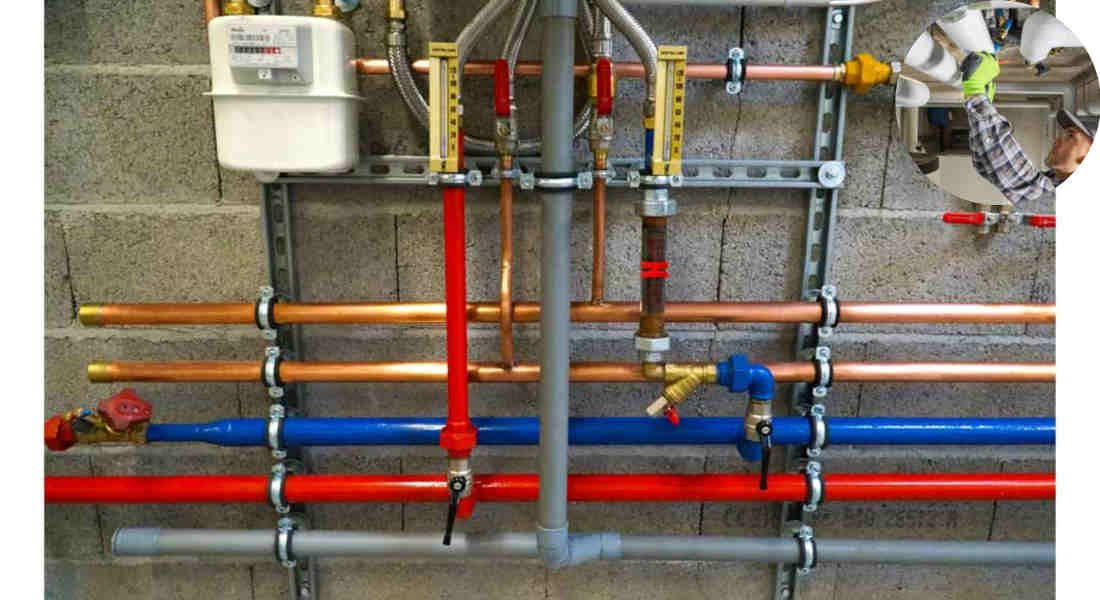
Though HVAC and plumbing systems operate independently in most cases, they do share a critical interaction point: condensate drainage.
The Role of Condensate Drainage
Condensate, or moisture, is a byproduct of your HVAC system. When your air conditioner or furnace operates, it removes humidity from the air, resulting in water buildup. This water must be drained to prevent damage.
You may also read (can black paint make your house unbearably hot).
- Where Does the Water Go?
- The condensate produced by your HVAC system flows into a condensate drain line, which is often connected to your home’s plumbing or sewer system.
Risks of Poor Drainage
If the condensate drainage line is clogged or damaged, it can lead to water backup, leaks, and even mold growth. This is why maintaining this connection is crucial for both systems.
Modern Homes and Drainage
In most modern homes, the HVAC system’s condensate line connects directly to the plumbing system, ensuring efficient disposal of excess water. However, this connection is minimal, and these systems don’t share other operational components.
Why the Connection Matters: Impact on Home Comfort and Safety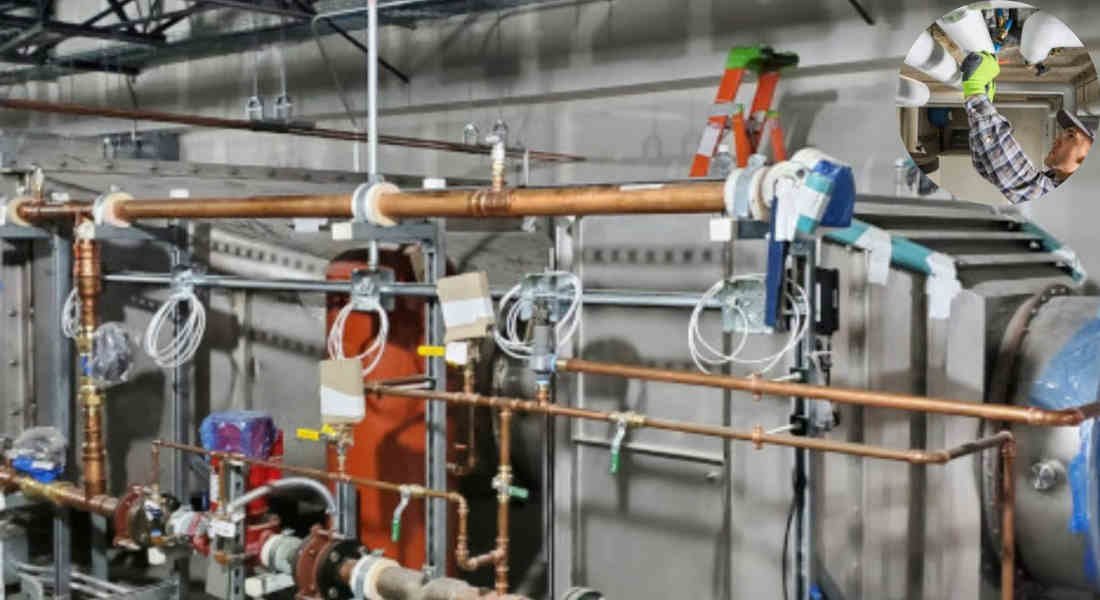
The condensate connection between HVAC and plumbing may seem minor, but it has significant implications for your home’s comfort and safety.
Preventing Water Damage
Proper drainage prevents water from pooling near your HVAC unit. Without it, water can seep into walls, ceilings, or floors, causing structural damage.
Reducing Health Hazards
Excess moisture from faulty drainage can lead to mold and mildew growth, which can trigger allergies and respiratory problems.
Maintaining HVAC Efficiency
When condensate lines are clear and functional, your HVAC system operates more efficiently. Blockages force the system to work harder, increasing energy consumption and wear and tear.
Simply put, a well-maintained drainage connection ensures your HVAC and plumbing systems work harmoniously to keep your home safe and comfortable.
Common Problems Arising from HVAC and Plumbing Interactions
Despite their minimal connection, several issues can arise when HVAC and plumbing systems fail to work together seamlessly.
Common Problems to Watch For
- Clogged Condensate Drain Lines
- Dust, dirt, and debris can block the condensate line, leading to water overflow.
- Sewer Line Backups
- If your plumbing system experiences a backup, it can affect the HVAC drainage line, causing water to overflow indoors.
- Leaking Pipes
- Damage to drainage pipes can result in leaks that damage your home’s structure.
- HVAC System Shutdowns
- High-efficiency furnaces often have safety sensors that shut down the system if drainage is blocked to prevent flooding.
Why These Issues Matter
These problems not only disrupt home comfort but can also lead to costly repairs if left untreated.
Maintenance Tips to Prevent HVAC and Plumbing Issues
Regular maintenance is key to preventing problems with HVAC and plumbing systems. Here are some tips to keep both systems in top shape:
HVAC Maintenance Tips
- Clean condensate pans and drains regularly to prevent clogs.
- Schedule annual HVAC inspections to check for drainage issues.
- Replace air filters to reduce debris buildup in the system.
Plumbing Maintenance Tips
- Inspect pipes for leaks or damage, especially near HVAC units.
- Keep the sewer system clear to avoid backups.
- Use drain cleaners sparingly to prevent pipe corrosion.
Pro Tip: Professional Maintenance
Hiring a professional for combined HVAC and plumbing inspections ensures both systems are functioning optimally.
Benefits of a Well-Integrated HVAC and Plumbing System
When HVAC and plumbing systems are properly maintained, the benefits are undeniable.
Benefit Details
Energy Efficiency Proper drainage prevents HVAC overworking, reducing energy consumption.
Improved Air Quality Moisture control prevents mold and mildew, enhancing indoor air quality.
Cost Savings Fewer repairs and efficient operation lower utility bills and expenses.
Extended Lifespan Regular maintenance ensures both systems last longer.
By keeping these systems in sync, you enhance your home’s overall functionality and comfort.
When to Call a Professional
Knowing when to call a professional can save you time, money, and stress.
Signs You Need Help
- Water stains near HVAC units or ceilings.
- Foul odors from drains or vents.
- The HVAC system shuts down unexpectedly.
Why Professional Help Matters
Experienced technicians can diagnose and resolve issues that may not be obvious to homeowners. They can also perform comprehensive inspections to ensure both systems are working together efficiently.
You may also read (plumbing safety in your home).

